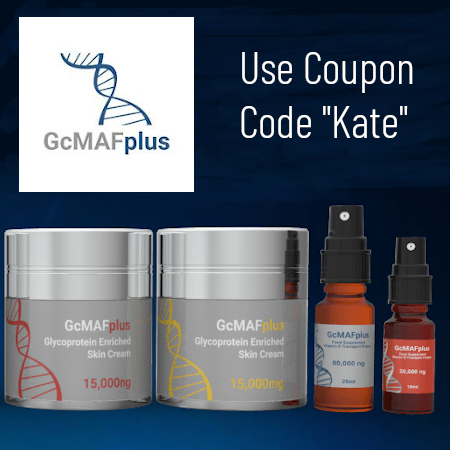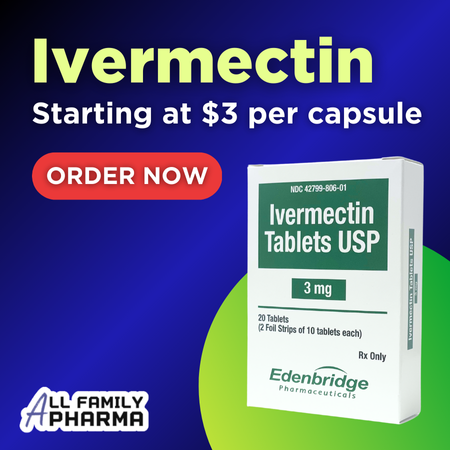Scandal Behind the Fake FDA Approval of the Pfizer Jab
by Willian Engdahl
On August 23 as the FDA announced full approval for the Pfizer mRNA gene-edited substance. Or not quite, when the full papers of FDA are studied. Fauci, whose NIAID has financial interest in the vaccine, referred to the FDA decision as the “final stamp of approval.” It is however anything but final or an impartial, scientific rigorous medical evaluation. Rather it is a politically-motivated decision by an FDA that is corrupt beyond the imagination of most people. Read more.
.
Biostatisticians draft blueprints for COVID-19 vax trials
“…Oct 2020 Six months ago, COVID-19 vaccine researchers were concerned about the potential for “vaccine-associated disease enhancement,” an immune response that can result in making a person actually more vulnerable to infection
When COVID-19 burst onto the scene in last winter, and Fauci was looking for a way to run massive, credible and rigorous trials of potential vaccines, he turned to Corey and the experts at HVTN for help.
HVTN’s co-founder and principal investigator is Hutch professor and acclaimed virologist Dr. Larry Corey. The network is supported by the National Institute of Allergy and Infectious Diseases, headed by Dr. Tony Fauci, who has been Corey’s friend and institutional collaborator in HIV research since the 1980s.
Since its inception in 1999, HVTN has conducted 75 trials, large and small, aimed at developing an effective vaccine against HIV. No vaccine yet has overcome HIV’s frustrating ability to evade it, but the work carries on.
Gilbert and his team built into the COVID-19 vaccine trial designs a series of tests for a “real-time analysis” of disease severity that would spot the problem early if it existed, and they found no sign of it — a huge relief for the global vaccine development effort.
I think of HVTN as a kind of machine that was poised and ready to go,” said Hutch biostatistician Dr. Holly Janes. She is a co-principal investigator of the Statistics and Data Management Center at the network along with Gilbert and Dr. Yunda Huang.” Read more
In the 1960s, scientists found that antiviral antisera might result in an exceptional increase in viral infectivity of animal viruses18. This phenomenon that viral infection can be enhanced by internalization associated with antibody Fc receptors (FcRs), denoted as ‘antibody-dependent enhancement’ (ADE; Box 1), was then widely reported in infections with flaviviruses19,20 and other viruses21,22. Later, more antibody FcR-mediated effects, such as complement activation and release of inflammatory cytokines, were reported to be involved in severer disease23. ADE has also been observed in vaccinated animals after viral challenge with the corresponding virus24. For example, cats immunized with a vaccine expressing the feline infectious peritonitis virus (FIPV) S protein on a recombinant pox virus vector died earlier than control animals when challenged with FIPV25. Given that passive immunization with feline serum containing high-titre antibodies reactive with feline FIPV also resulted in a more rapid disease after FIPV challenge26, the vaccine-induced disease exacerbation may be attributed to ADE. Apart from ADE, type 2 T helper cell (TH2 cell)-based immunopathologic responses induced by homologous viral challenge after vaccination could also result in disease exacerbation27.
https://biontechse.gcs-web.com/news-releases/news-release-details/biontech-signs-collaboration-agreement-pfizer-develop-mrna-based
https://www.fda.gov/drugs/real-time-review-drug-applications-now-reality-september-20-2018-issue
https://www.nature.com/articles/s41579-020-00462-y
Lessons from RSV vaccines
There have been warnings that ADE should be fully evaluated for coronavirus vaccines to avoid repeating the tragic failure of the RSV vaccine28. The first RSV vaccine, based on formalin-inactivated RSV (FI-RSV), entered a clinical trial in 1965, a time when several other inactivated or attenuated virus-based vaccines had already been successfully developed, such as vaccines against smallpox29 and polio30. The FI-RSV vaccine was well tolerated and appeared to be moderately immunogenic at first. However, instead of protecting study participants, the FI-RSV vaccine exhibited a paradoxical disease-strengthening effect (enhanced respiratory disease (ERD); Box 1) during subsequent natural RSV infection. Among the 20 infants who received the FI-RSV vaccine, 16 required hospitalization, including two who subsequently died, whereas only one of the 21 participants in the control group was hospitalized31. The FDA then urgently suspended all clinical studies of RSV vaccines.
Therefore, more effort is needed to relieve this concern. Second, vaccines for infection by viruses that will cause inflammatory damage are likely to result in VADE; for example, SARS-CoV and RSV96. About 13.9% of patients with COVID-19 advanced to severe pneumonia97, in which inflammatory responses contributed to pathology. A preliminary report showed that the 28-day mortality was lower in the group of patients with COVID-19 receiving dexamethasone, which has anti-inflammatory effects, plus usual care compared with the patients who received usual care alone in a randomized trial98. However, pathology seems highly host specific; thus, no confirmed marker has been identified with the ability to predict which patient will progress to acute respiratory distress syndrome. Similarly, it remains hard to predict which antigen will cause VADE. Third, antigens that elicit non-neutralizing antibodies, or insufficient NAbs, are likely to cause VADE. Several lines of evidence have shown that both RBD-specific IgG and NAbs are detectable in patients recovering from COVID-19
https://www.nature.com/articles/s41579-020-00462-y





















Leave A Comment